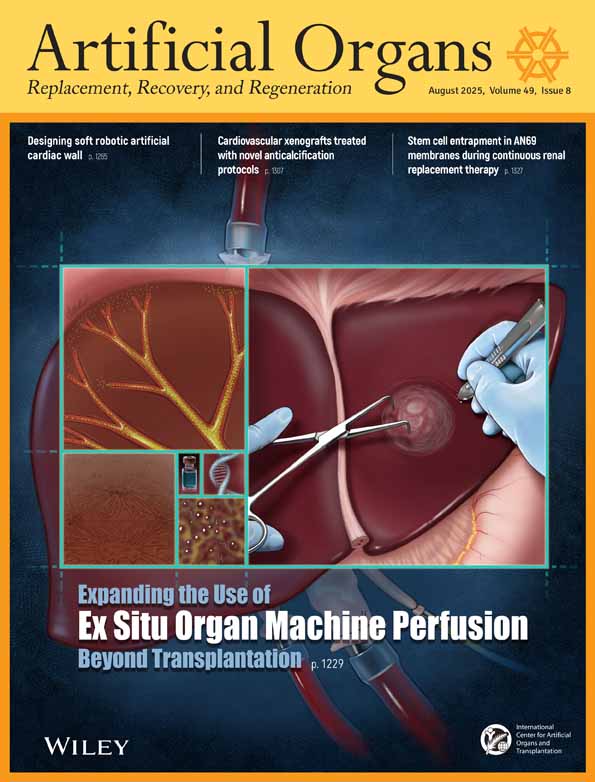Sealing Properties of Mechanical Seals for an Axial Flow Blood Pump
Presented in part at the 6th Congress of the International Society for Rotary Blood Pumps, July 25–27, 1988, in Park City, Utah, U.S.A.
Abstract
A miniature intraventricular axial flow blood pump for left ventricular support is under development. One of the key technologies required for such pumps is sealing of the motor shaft. In this study, to prevent blood backflow into the motor side, mechanical seals were developed and their sealing properties investigated. In the experimental apparatus, the mechanical seal separated the bovine blood on the chamber side from the cooling water on the motor side. A leakage of the blood was measured by inductively coupled plasma (ICP) light emission analysis. The rate of hemolysis was measured by the cyanmethemoglobin method. Frictional torque acting on the shaft was measured by a torque transducer. In the experiments, the rotational speed of the shaft was changed from 1,000 to 10,000 rpm, and the contact force of the seal faces was changed from 1.96 to 4.31 N. To estimate lubrication regimes, the Stribeck curve, a diagram of the coefficient of friction against the bearing characteristic G number, was drawn. The results of the experiments showed that both the leakage of blood and the rate of hemolysis were very small. The friction loss was also very small. The mechanical seal was operated in various lubrication regimes, from a fluid lubrication regime to a mixed lubrication regime.




